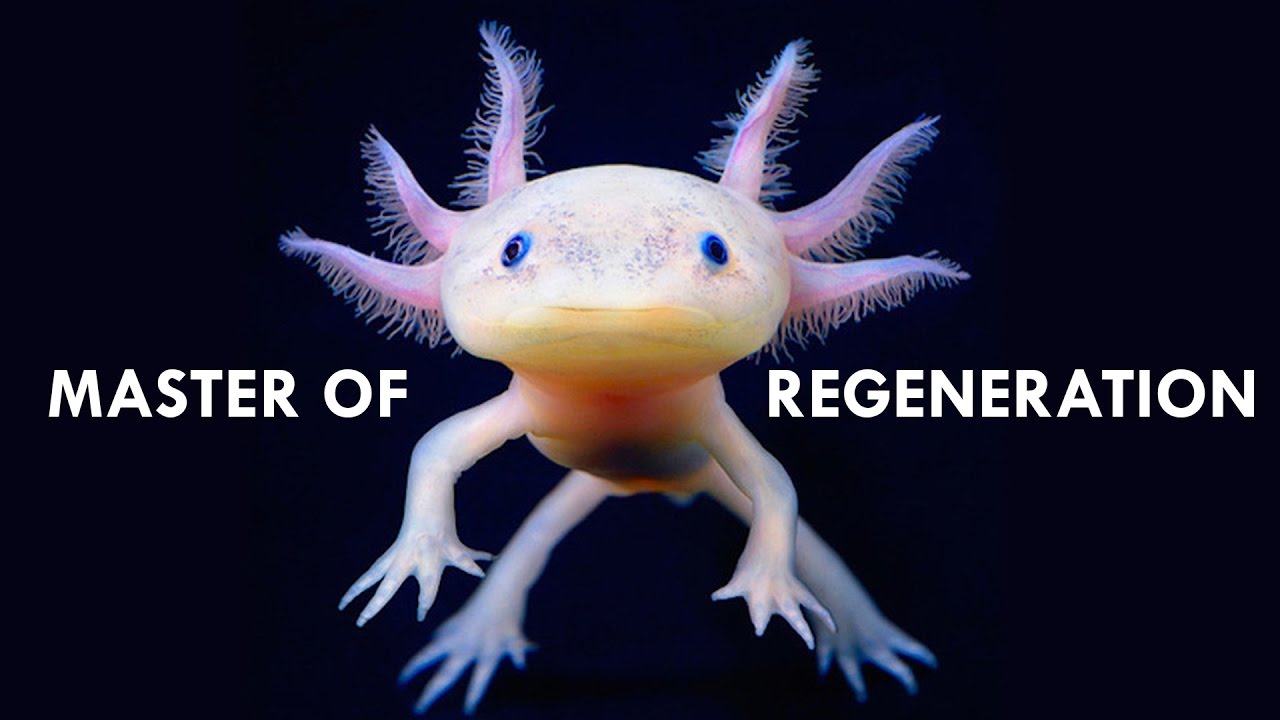
Regeneration, the remarkable ability of certain organisms to regrow or repair damaged tissues, is a fascinating phenomenon that has long captivated scientists and nature enthusiasts alike. From the incredible regrowth of a salamander’s lost limb to the ability of starfish to regenerate their entire bodies from a single severed arm, the world of regeneration is full of extraordinary and awe-inspiring examples.
In this article, we will explore 11 extraordinary facts about regeneration, shedding light on the incredible capabilities of various organisms to heal and regenerate themselves. From plants that can regrow complete organs to animals that can regenerate spinal cords, we will delve into the intricacies of this biological process and uncover the mechanisms behind it.
Prepare to be amazed as we journey into the world of regeneration and discover the incredible resiliency and adaptability of the natural world.
Key Takeaways:
- Nature is amazing! Animals and plants can regrow lost body parts and organs, and some can even do it without leaving a scar. This gives hope for new medical treatments in the future.
- Regeneration is like a superpower in the natural world. It’s not just about growing new limbs, but also about repairing internal organs and tissues. Scientists are studying this to help heal humans too.
Regeneration is found in both plants and animals.
Did you know that regeneration is not exclusive to certain species? It is observed in a wide range of organisms, from simple plants to complex animals. From the regrowth of limbs in salamanders to the ability of certain plants to regrow from cuttings, regeneration is a truly remarkable feat.
Some animals can regenerate entire organs.
While regrowing an entire organ may seem like science fiction, several animals possess this incredible ability. For example, starfish can regenerate their arms, and planarians can regenerate a new head and brain within a few weeks.
The axolotl can regenerate not just limbs but also spinal cord and heart tissue.
The axolotl, a type of salamander, is renowned for its extraordinary regenerative abilities. Not only can it regrow its limbs, but it is also capable of regenerating spinal cord and heart tissue. This makes it a subject of great interest for scientists studying regeneration.
Some organisms can regenerate without leaving a scar.
Unlike humans, who often form scar tissue after injury, certain organisms have the ability to regenerate without leaving any trace of the previous damage. This seamless regeneration is a testament to the incredible regenerative potential present in nature.
Regeneration is not limited to external body parts.
While limb regeneration may be the most well-known form of regeneration, some organisms can regrow internal body parts as well. For instance, the liver in humans has a remarkable ability to regenerate, allowing it to recover from injuries and diseases.
Regeneration can be asexual or sexual.
Regeneration can occur through different mechanisms, including asexual and sexual reproduction. In some organisms, such as starfish, regeneration can result in the creation of an entirely new individual through asexual reproduction.
Some organisms can regenerate indefinitely.
While humans have limited regenerative abilities, certain organisms can regenerate indefinitely throughout their lives. This perpetual regeneration allows them to maintain their youthful vitality and repair any damage that may occur.
Regeneration can be triggered by a variety of factors.
Regeneration can be stimulated by various factors, including injury, aging, and environmental cues. By understanding these triggers, researchers hope to unlock the potential for regenerative therapies in humans.
The study of regeneration has led to medical advancements.
Research into regeneration has not only expanded our understanding of biology but has also led to significant medical advancements. Techniques such as tissue engineering and stem cell therapy have emerged from studying the regenerative properties of different organisms.
Regeneration is a complex process involving multiple cellular mechanisms.
Regeneration is not a simple process but involves a series of intricate cellular mechanisms. These mechanisms include cellular reprogramming, stem cell activation, and proper coordination of various signaling pathways.
Regeneration holds promise for tissue repair and replacement in humans.
The remarkable abilities of regeneration observed in nature offer hope for the development of new treatments for injuries and diseases in humans. Scientists are actively working towards harnessing the regenerative potential for tissue repair and replacement in medical applications.
These 11 extraordinary facts about regeneration highlight the astounding capabilities of organisms to heal and regenerate. From the regrowth of limbs to the ability to regrow internal organs, the study of regeneration continues to captivate scientists and offers promising possibilities in the field of medicine. So, next time you marvel at the resilience of nature, remember the incredible phenomenon of regeneration.
Conclusion
In conclusion, the power of regeneration is truly remarkable and opens up countless possibilities in the field of biology. From the humble flatworms to the incredible axolotls, nature has provided us with incredible examples of animals that can regenerate their lost body parts. Understanding the mechanisms behind regeneration can have significant implications in the medical field, potentially leading to breakthroughs in tissue engineering and organ transplantation.
As scientists continue to explore the secrets of regeneration, we can look forward to unlocking even more extraordinary facts about this fascinating phenomenon. The ability to regenerate is not only limited to certain organisms but has the potential to be harnessed by humans as well. With further research and advancements in technology, who knows what incredible feats of regeneration we will witness in the future?
FAQs
1. Which organisms have the ability to regenerate?
There are several organisms that have the ability to regenerate, including starfish, salamanders, planarians, and certain species of fish.
2. How does regeneration occur?
Regeneration occurs through the process of cell division and differentiation. Specialized cells are able to divide and form new tissues, allowing for the growth of lost or injured body parts.
3. Can humans regenerate body parts?
While humans cannot naturally regenerate body parts to the extent that some animals can, there are certain tissues and organs in the human body that have some degree of regenerative capability, such as the liver and skin.
4. Can scientists artificially induce regeneration in humans?
Scientists are actively exploring methods to induce regeneration in humans through various techniques, such as stem cell therapy and tissue engineering.
5. What are the potential applications of studying regeneration?
Studying regeneration has the potential to revolutionize the field of medicine, leading to advancements in wound healing, tissue repair, and the development of regenerative therapies for various conditions and injuries.
Regeneration is truly a remarkable phenomenon, but there's still so much more to explore! If you're curious about how tissues can regrow and repair themselves, our article on tissue regeneration delves into nine extraordinary facts that will leave you amazed. Planaria, those tiny flatworms, hold eleven mind-boggling secrets about their regenerative abilities waiting for you to uncover. Regenerative medicine is revolutionizing healthcare, and we've compiled fifteen fascinating facts showcasing its incredible potential. Keep reading to expand your knowledge and appreciation for the wonders of regeneration!
Was this page helpful?
Our commitment to delivering trustworthy and engaging content is at the heart of what we do. Each fact on our site is contributed by real users like you, bringing a wealth of diverse insights and information. To ensure the highest standards of accuracy and reliability, our dedicated editors meticulously review each submission. This process guarantees that the facts we share are not only fascinating but also credible. Trust in our commitment to quality and authenticity as you explore and learn with us.


